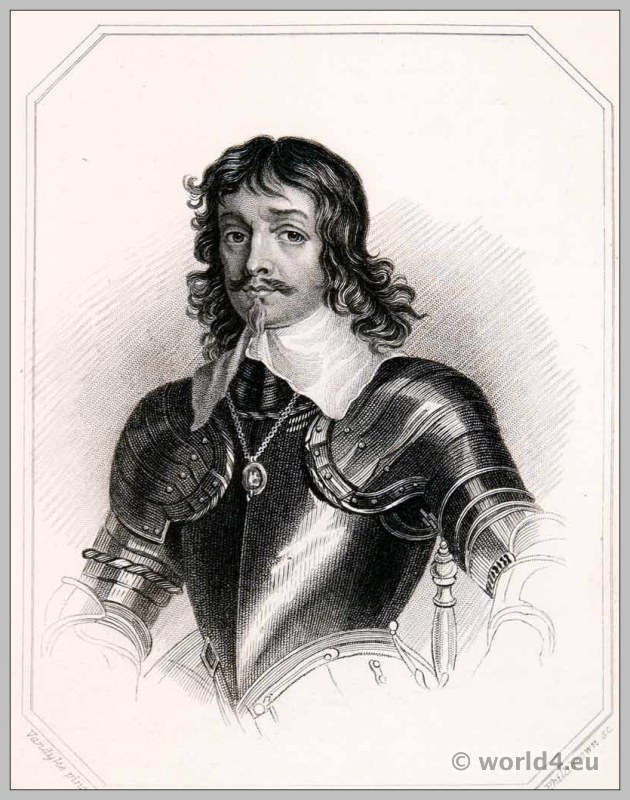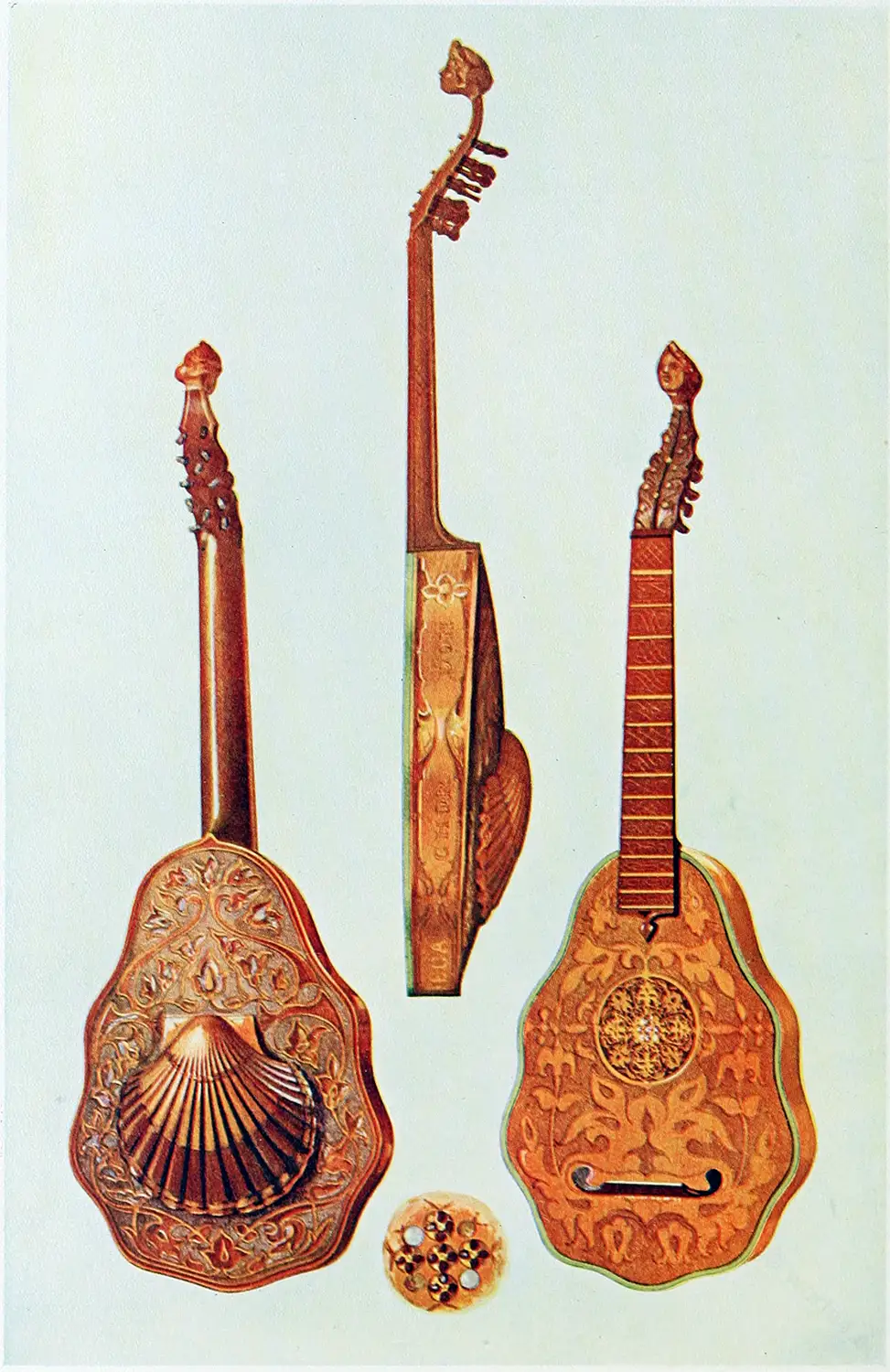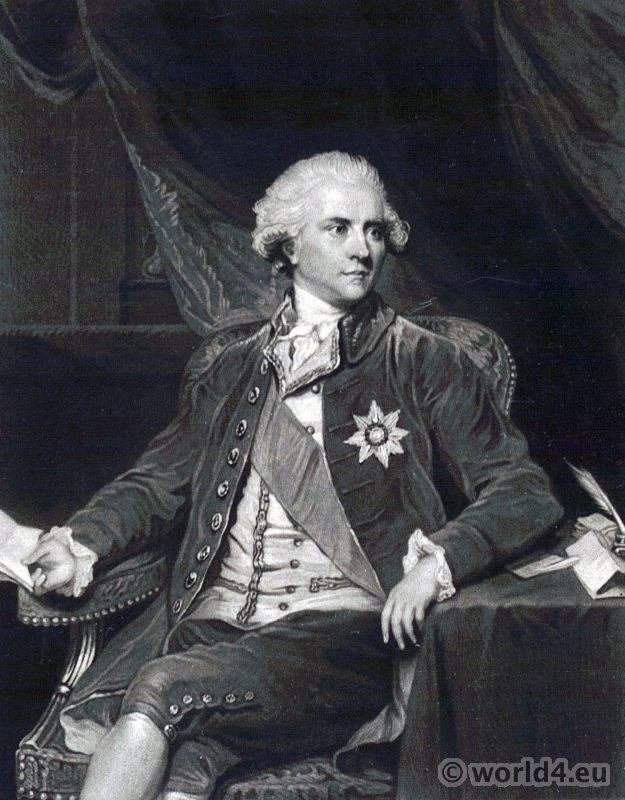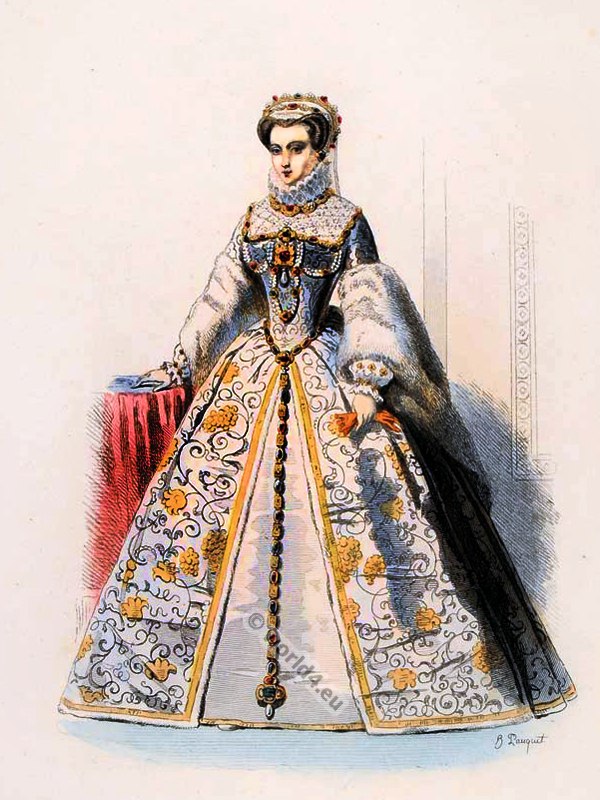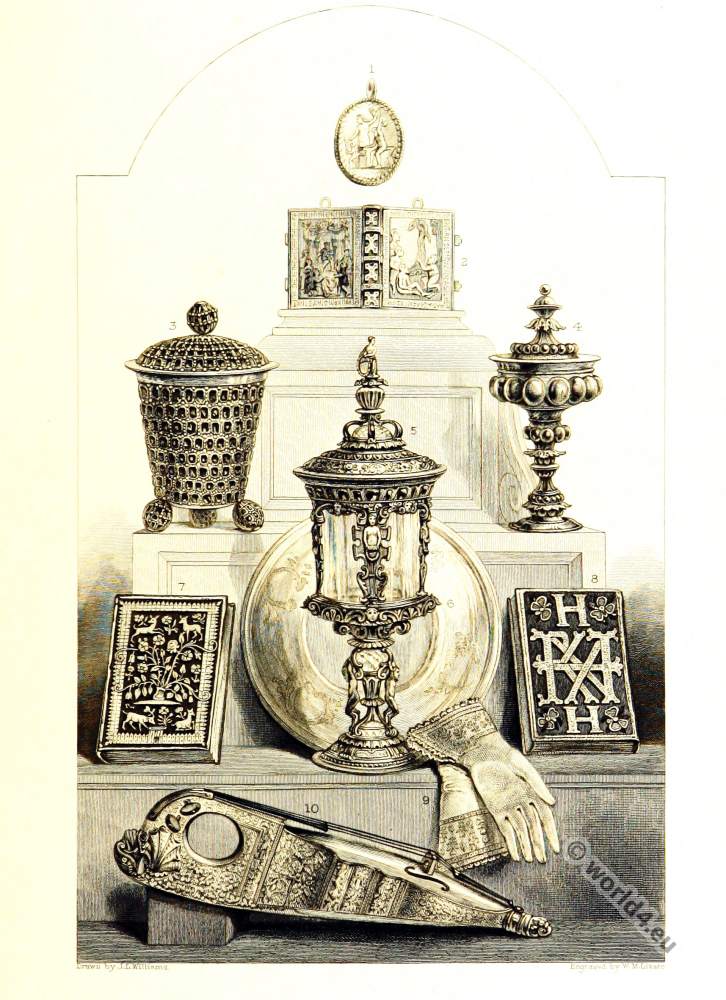Elizabeth Stuart (1596 – 1662) was Princess of England and Scotland, and by her marriage to Frederick V of the Palatinate, the Winter King, 1613-1623 Electoral Princess Palatine and Queen of Bohemia from 1619 to 1620. Because Frederick V was able to assert itself as a Bohemian king for a year, Elizabeth had to go with him into exile in 1621 in the Netherlands, where she lived for 40 years.
Become a widow in 1632, she struggled in particular, that her eldest surviving son, Charles Louis, the Palatinate got back. But it was only in 1648, he received it on a reduced scale. After the restoration of the Stuarts in 1661 she could return to home, where she died the following year.
The picture presents her as Bohemian queen. It was probably in 1635, made in the Dutch exile after the death of her husband.
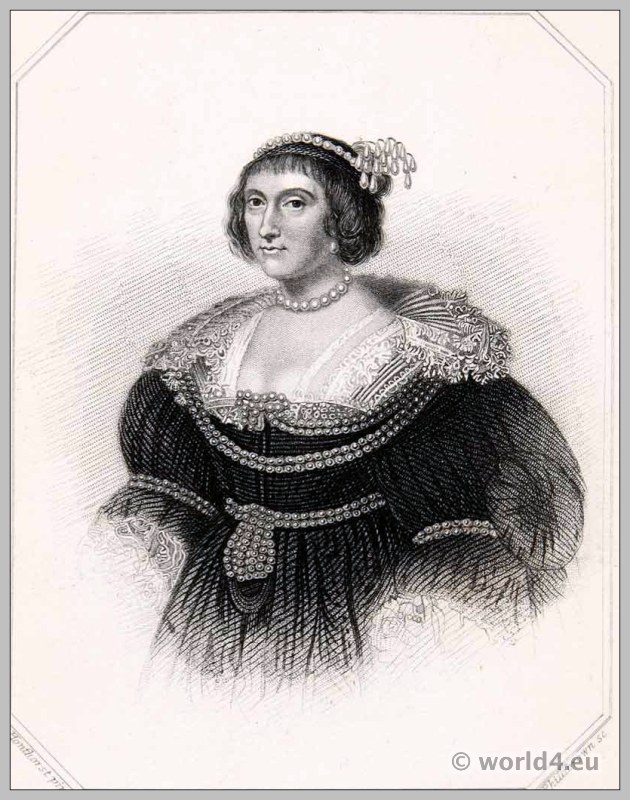
Elisabeth, Queen of Bohemia: A Historical Insight into the Daughter of James I (1662)
Early Life and Background
Elisabeth Stuart, born in 1596, was the daughter of James I of England and Anne of Denmark, positioning her within the complexities of European royal lineage. As a member of the House of Stuart, her birth heralded significant political implications. Elisabeth’s early years were marked by her upbringing in a court that was grappling with issues of dynasty and governance, as her father had recently ascended to the English throne in 1603 after the death of Elizabeth I.
Her education was comprehensive, reflecting the expectations placed on royal daughters of her time. Elisabeth received instruction in languages, literature, and the arts, which were deemed essential for women of her status. The political undertones of her education were significant; it prepared her not only for her future roles within the court but also as a potential political pawn in marriage alliances. As a young girl, she witnessed the political maneuvers of her family, feeling the weight of her lineage as her father navigated the turbulent waters of English politics, religious strife, and conflicts with Parliament.
In the context of her family’s ambitions, Elisabeth’s marriage to Frederick V, the Elector Palatine, in 1613 was a strategic alliance. This union brought together pivotal powers in Europe, as Frederick’s position made Elisabeth a key figure in the political landscape of the Holy Roman Empire. The marriage served to strengthen ties between Protestant factions in Europe, representing a hopeful endeavor amidst the rising tensions that would soon escalate into the Thirty Years’ War.
Her royal lineage provided Elisabeth both privilege and responsibility. The challenges faced by her family during this politically volatile period shaped her identity and role as a queen consort, influencing her decisions and influential connections during her lifetime.
Role in the Thirty Years’ War
Elisabeth, Queen of Bohemia, played a significant and multifaceted role during the Thirty Years’ War, which began in 1618 and continued until 1648. Following her husband’s brief reign as King Frederick V of Bohemia, Elisabeth faced enormous challenges following his defeat at the Battle of White Mountain in 1620 and their subsequent exile. The conflict not only thrust her family into turmoil but also reshaped the political landscape of Europe. Despite these circumstances, her resilience was evident as she endeavored to uphold her family’s legacy and navigate through the intricacies of European politics.
As a steadfast matriarch, Elisabeth’s primary focus was preserving the interests of her children and their claim to the Bohemian throne. The loss of her husband’s rule was a bitter blow, yet she persisted in maintaining her family’s status. She became an important figure among the exiled nobility, rallying support from various European courts. Her efforts included fostering alliances through correspondence and influencing key figures, which demonstrated her acute understanding of diplomatic relations during a time of profound conflict.
The personal losses Elisabeth endured, including her husband’s exile and the hardships faced by her supporters, shaped her character and resolve. She became a symbol of endurance, adapting to her precarious situation while continuously advocating for her family. Her significance extended beyond mere survival; she sought to exert influence over European powers, petitioning for support against the Habsburgs, who had usurped her family’s rights in Bohemia.
Elisabeth’s involvement in the war exemplified the role of women in maintaining familial legacies, often overlooked in historical narratives. Ultimately, her legacy reminds us of the complex interplay between personal resilience and political maneuvering amidst the turbulence of the Thirty Years’ War.
Cultural Contributions and Legacy
Elisabeth of Bohemia, the daughter of King James I of England, left an indelible mark on the cultural landscape of her time. Her patronage of the arts and influence on intellectual thought played a crucial role in the dissemination of Humanist ideas across Europe. By fostering an environment conducive to artistic and philosophical endeavors, Elisabeth became a significant cultural figure during the early seventeenth century. She held lavish salons that attracted intellectuals, writers, and artists, creating a vibrant space for the exchange of progressive ideas.
One of Elisabeth’s most notable contributions was her support for philosophers such as René Descartes, with whom she maintained a tumultuous yet fruitful correspondence. Their exchanges revealed her keen intellect and curiosity about the nature of knowledge and existence. This relationship was pivotal not only for Descartes but also for the broader intellectual community, as it positioned Elisabeth as a key player in the philosophical debates of the era. She actively pursued the advancement of Humanist thought, advocating for education and intellectual development, which notably influenced her contemporaries and successors.
Elisabeth’s legacy extended beyond the arts and philosophy; her life and actions resonated significantly in European politics. After her death, her lineage continued to impact the ruling houses across Europe, as her descendants inherited not only titles but also her rich cultural heritage. The influence of her patronage can be traced through various artistic movements that followed, illustrating how her contributions shaped the evolution of culture in subsequent generations. By embracing the principles of the Renaissance and Humanism, Elisabeth’s actions and ideals have had lasting implications on both the political scene and the cultural zeitgeist of Europe, extending well into modern times.
Elisabeth’s Final Years and Death
After the tumultuous period of the Thirty Years’ War, Elisabeth of Bohemia faced the daunting task of rebuilding her life and securing the future for her children. Having sought refuge in The Hague, her residence became a center of cultural and political activity, where she continuously advocated for her offspring’s political aspirations. Elisabeth, as the daughter of James I of England, understood the intricacies of royal lineage and the potential power it could wield. She actively engaged with various European courts to facilitate advantageous marriages and alliances for her children, ensuring that their noble status was preserved.
Despite her efforts, the weight of personal loss bore heavily on Elisabeth. She had endured the devastating death of her husband, Frederick V, Elector Palatine, and the challenges of living in exile away from her homeland. These experiences prompted introspection on her past choices and the political tumult that defined her life. Elisabeth’s correspondence with intellectual figures of her time reveals her resolve and dignified engagement with her circumstances, alongside her yearning for stability and peace for her family.

Discover more from World4 Costume Culture History
Subscribe to get the latest posts sent to your email.

